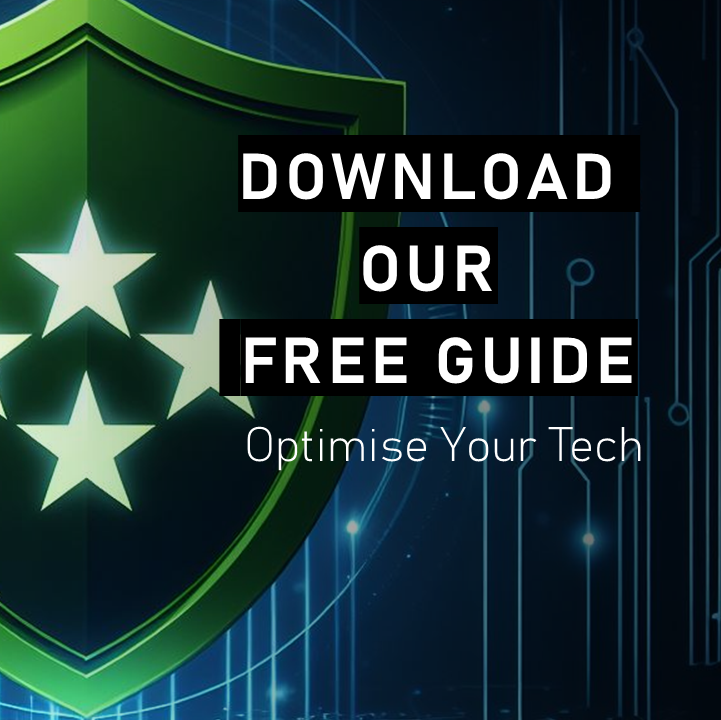In the rush to implement AI in your business, it’s easy to overlook the foundational steps that ensure its success. Before investing in any AI solution, there are two essential steps that every business—whether micro, small, or medium-sized—should take: establishing a robust data retention strategy and implementing versioning.
Step 1: Data Retention – The Backbone of Consistent, Up-to-Date Information
One of the simplest yet most effective ways to keep your business data up to date is by designing and applying a strategic retention policy. Data retention ensures that critical information is securely stored for as long as necessary while being automatically managed without constant oversight. This is key in maintaining up-to-date records with minimal effort.
For instance, let’s say your HR department needs to keep employee-related emails or documents for 7 years. Even if someone mistakenly deletes an email or file, the retention policy would automatically restore it, ensuring compliance and data integrity. Or perhaps you have an executive summary folder where you want each file to be automatically deleted 5 years after its creation or last modification. By setting up these automated rules, you create a seamless process that takes care of itself.
The value of automated retention policies cannot be overstated. They ensure that your data remains organised and relevant, while also minimising the risks associated with data loss, accidental deletions, inconsistencies or data being compromised. Plus, this approach helps you avoid the common pitfall of accumulating redundant or outdated files, which can create confusion and inefficiencies down the line and introduce shadow IT or increase technical debt.
Step 2: Versioning – Say Goodbye to Duplicate Files and Endless Copies
Another vital step is implementing versioning in your file management processes. Without versioning, businesses often fall into the trap of creating multiple copies of similar documents, cluttering storage and leading to confusion over which file is the most recent or accurate.
With versioning, instead of generating countless duplicate files, you maintain a single document that retains its entire version history. This means you can easily restore previous versions, compare changes, or extract older content whenever needed. This not only reduces storage waste but also improves efficiency and accuracy. Whether it’s a policy document, a marketing plan, or an important report, versioning ensures that everyone in your team is always working from the latest, most accurate version.
Why These Steps Matter for AI
If you’re considering introducing private AI solution into your operations, remember that its effectiveness hinges on structured, well-maintained data. AI thrives on organised and accurate information. If your data is chaotic, outdated, or riddled with duplicates, AI will amplify those issues, potentially leading to flawed insights and misguided decisions.
By first setting up strong retention and versioning systems, you lay the groundwork for an AI deployment that’s both effective and reliable. These processes will keep your data clean, structured, and always up to date—key factors for successful AI integration.
Don’t Skip the Basics
Data retention and versioning might not sound as exciting as AI, but they are the unsung heroes of successful digital transformation. By taking these two simple steps, you not only ensure your business data is organised and secure, but you also pave the way for a smooth and impactful AI journey. Before paying for AI, invest time in perfecting these foundational processes—you’ll thank yourself later.









